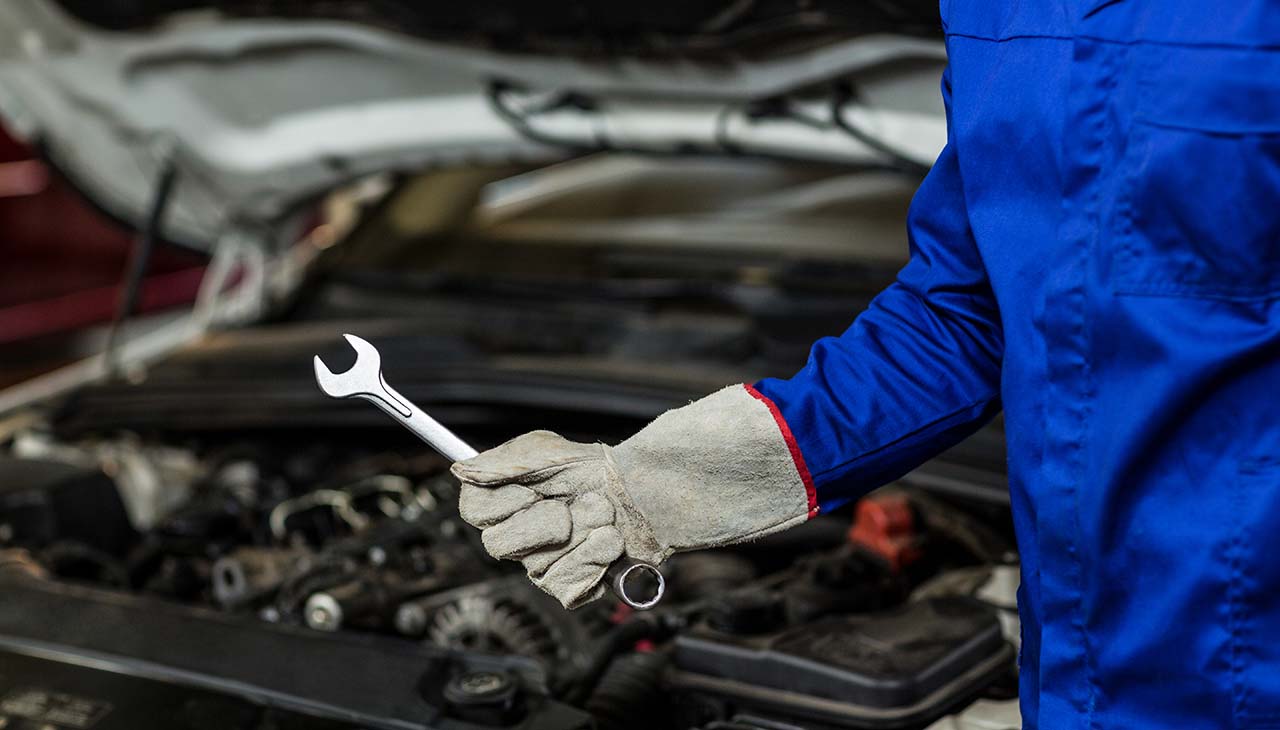Diagnosing engine problems can often seem like a task meant only for experienced mechanics. However, with a basic understanding of the symptoms and causes of common issues, even novices can get a head start on identifying what might be going wrong under the hood. This guide aims to equip car owners with fundamental knowledge and simple diagnostic steps to help pinpoint common engine problems. Understanding these basics is not just about saving a trip to the mechanic; it’s about gaining confidence in handling one of the most crucial components of your vehicle.
Step 1: Listen to the Engine
One of the first and most straightforward steps in diagnosing engine problems is to listen closely to the engine. Unusual noises often serve as the earliest indicators of potential issues. Common sounds to be aware of include:
- Knocking: This sound may indicate a problem with the detonation of fuel within the cylinders, possibly due to using fuel with a lower octane rating than recommended for your vehicle or issues with the ignition timing.
- Clicking or Tapping: These noises can be a sign of low oil levels or pressure, leading to inadequate lubrication in the engine’s moving parts.
- Grinding: Hearing a grinding sound, especially when starting the engine, could point to a problem with the starter motor or the gears connecting the starter to the engine.
Identifying when the sound occurs is crucial for diagnosing the issue accurately. For example, a noise that only happens during acceleration could suggest a problem with the fuel injection system or spark plugs, while sounds occurring at idling might indicate loose components or issues within the engine’s internal parts. Paying attention to these details can significantly narrow down the potential causes of engine problems.
Step 2: Check Fluid Levels
Regularly checking the levels and conditions of various fluids is crucial for maintaining engine health and performance. The three key fluids to monitor are the oil, coolant, and transmission fluid.
- Oil: The engine oil lubricates moving parts, reducing friction and wear. To check the oil level, wait for the engine to cool, then remove the dipstick, wipe it clean, reinsert it fully, and pull it out again to see the level. The oil should be between the min and max marks. If it’s low, you might have a leak or the engine might be burning oil. Dark or gritty oil indicates it’s time for a change.
- Coolant: This fluid is essential for managing engine temperature. To check it, find the coolant reservoir when the engine is cool. The level should be between the “full” and “low” indicators on the side of the tank. A low coolant level might suggest a leak in the system, which can lead to overheating and severe engine damage.
- Transmission Fluid: It lubricates and cools the transmission. For most vehicles, checking this fluid involves pulling out the transmission fluid dipstick (located near the engine oil dipstick), wiping it clean, reinserting it, and checking the level and its color on the stick. Low fluid levels could indicate a leak, and a burnt smell or dark color suggests the fluid needs to be changed to prevent transmission issues.
Abnormal levels or conditions of these fluids not only signal potential mechanical issues but also serve as a preemptive warning to prevent further damage. Regular checks allow for timely maintenance and repairs, which can significantly extend the life of your vehicle’s engine and avoid expensive breakdowns.
Step 3: Inspect Belts and Hoses
Belts and hoses play critical roles in the functioning of an engine by transmitting power and circulating vital fluids. The serpentine belt, for instance, powers multiple components, such as the alternator, power steering pump, and air conditioning compressor. Similarly, hoses transport coolant to and from the radiator and engine, helping maintain optimal operating temperatures and prevent overheating.
To ensure these components are in good working order, a visual inspection is essential. Begin by examining the belts for signs of wear, such as fraying, cracking, or glazing (a shiny appearance that suggests the belt has become stiff and may slip). Also, check for proper tension; a belt that is too loose may not adequately power engine components, while one that’s too tight could cause premature wear on bearings and pulleys.
Inspect hoses for cracks, bulges, or signs of leakage. Pay special attention to the connections where hoses attach to the engine and radiator, as these are common points for leaks. Ensure the clamps that secure the hoses are tight and not corroded.
The importance of promptly replacing worn-out belts and hoses cannot be overstated. A failed belt can lead to a sudden loss of power to essential engine components, possibly leaving you stranded. A burst hose can rapidly lead to engine overheating and, if not addressed quickly, significant engine damage. Regular inspections and timely replacement of these components can save time, money, and prevent the inconvenience of unexpected breakdowns.
Step 4: Scan for Error Codes
Modern vehicles are equipped with sophisticated onboard diagnostics (OBD-II) systems that monitor and report on the health of various components. Utilizing an OBD-II scanner becomes an essential step in diagnosing engine problems, as it can reveal specific error codes that point to the underlying issues.
To use an OBD-II scanner, start by locating your vehicle’s diagnostic port, typically found underneath the dashboard on the driver’s side. Plug the scanner into this port, turn on the ignition to power up the vehicle’s electronic systems (you don’t have to start the engine), and follow the scanner’s instructions to initiate a diagnostic scan. Once the scan is complete, the scanner will display one or more error codes, if any are present.
Interpreting these codes is straightforward with a reference guide or an internet search. For example:
- P0171 – System Too Lean: This code indicates that there is too much air and not enough fuel in the engine’s air-fuel mixture, which can lead to inefficiencies in engine performance.
- P0300 – Random/Multiple Cylinder Misfire Detected: This code suggests that multiple engine cylinders are misfiring, affecting the engine’s stability and performance.
- P0420 – Catalyst System Efficiency Below Threshold: This signals that the vehicle’s catalytic converter isn’t working as efficiently as it should, potentially affecting its ability to reduce exhaust emissions.
Understanding these error codes is vital for pinpointing the exact problem areas within your vehicle’s engine and can guide more targeted and efficient repairs. Always refer to your vehicle’s manual or an online database to ensure accurate diagnosis and appropriate actions based on the codes retrieved from the OBD-II system.
Step 5: Perform Visual Inspection
After conducting systematic checks on fluids, belts, and hoses, and utilizing diagnostic tools to understand your vehicle’s electronic health, a thorough visual inspection of the engine compartment is the next critical step. This hands-on examination uncovers issues that might not trigger a warning light on your dashboard or generate an error code on the scanner. Focus particularly on gaskets and seals, which are prone to wear and can lead to significant leaks if compromised. Look for any signs of oil or coolant on the outside of the engine block or on the ground under your vehicle, as these can be telltale signs of failing seals.
Equally important is the inspection of wiring harnesses and electrical connections. Over time, vibrations, heat, and environmental factors can lead to the degradation of wiring insulation or corrosion at connection points, potentially resulting in electrical shorts or malfunctions in various engine controls.
Including engine compartment cleanliness as part of your regular vehicle maintenance routine cannot be overstated. A clean engine is not just about aesthetics; it allows for the rapid identification of new leaks, corrosion, or damage that could signal the onset of bigger issues. Dust, debris, and grease can obscure serious problems such as oil or coolant leaks, making them much harder to detect until they have caused significant damage or lead to engine failure. Regular cleaning, therefore, not only extends the life of engine components but also serves as a preventive measure against unexpected and costly repairs.

